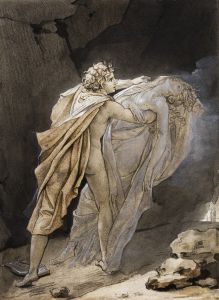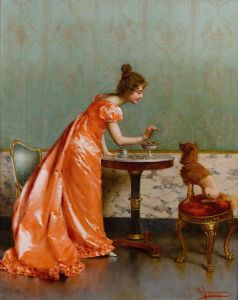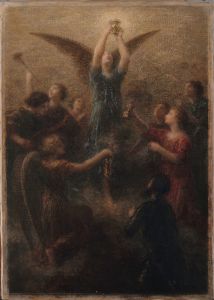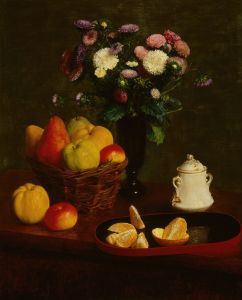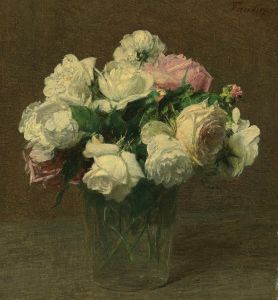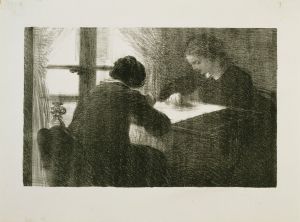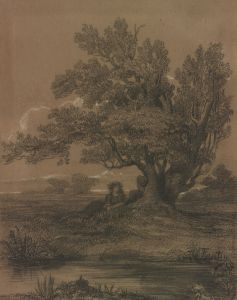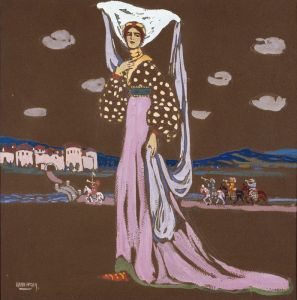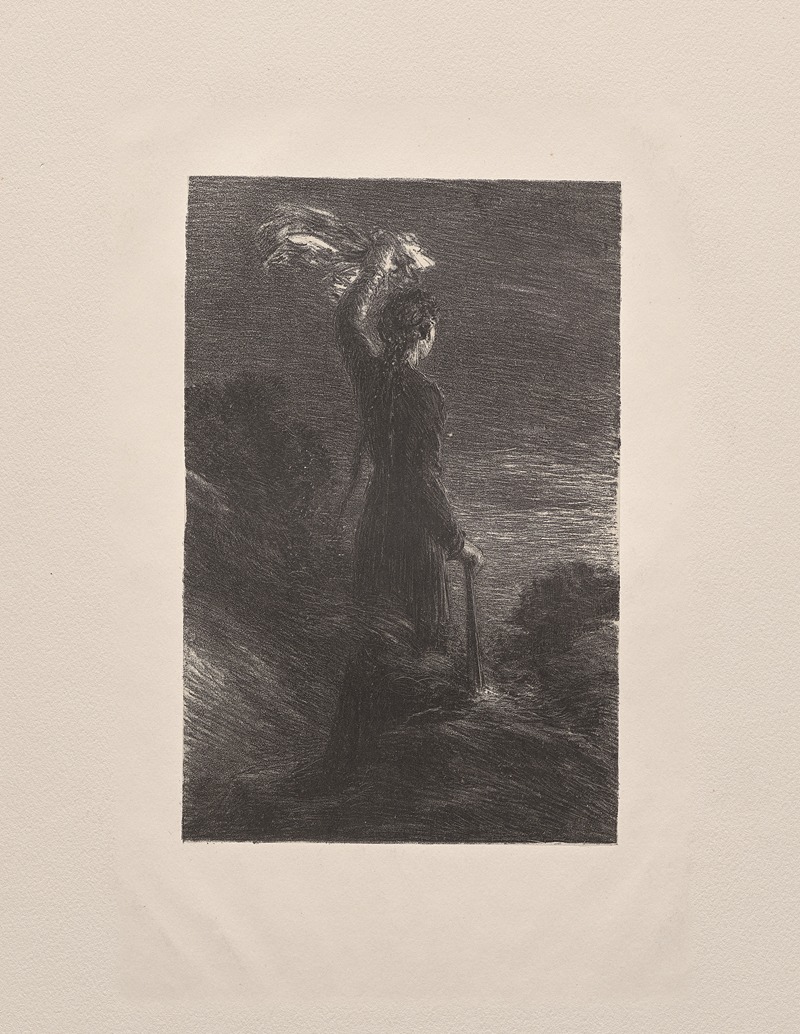
Tristan and Isolde, Act II; Signal in the Night
A hand-painted replica of Henri Fantin-Latour’s masterpiece Tristan and Isolde, Act II; Signal in the Night, meticulously crafted by professional artists to capture the true essence of the original. Each piece is created with museum-quality canvas and rare mineral pigments, carefully painted by experienced artists with delicate brushstrokes and rich, layered colors to perfectly recreate the texture of the original artwork. Unlike machine-printed reproductions, this hand-painted version brings the painting to life, infused with the artist’s emotions and skill in every stroke. Whether for personal collection or home decoration, it instantly elevates the artistic atmosphere of any space.
Henri Fantin-Latour was a French painter known for his exquisite still lifes and group portraits, as well as his interest in music and literature, which often inspired his work. One of his notable paintings, "Tristan and Isolde, Act II; Signal in the Night," reflects his fascination with the operatic and literary themes of his time.
Fantin-Latour was born in 1836 in Grenoble, France, and he moved to Paris to study art. He became associated with the Symbolist movement, which sought to express ideas and emotions through symbolic imagery and themes. His work often explored the intersection of visual art and music, and he was particularly influenced by the works of composers like Richard Wagner.
"Tristan and Isolde" is an opera by Richard Wagner, which premiered in 1865. The opera is based on the medieval legend of Tristan and Isolde, a tragic love story that has been retold in various forms over the centuries. Wagner's adaptation is known for its complex music and exploration of themes such as love, death, and transcendence. The opera had a significant impact on the arts and was a source of inspiration for many artists, including Fantin-Latour.
In "Tristan and Isolde, Act II; Signal in the Night," Fantin-Latour captures a moment from the second act of Wagner's opera. This act is particularly dramatic, as it features the secret meeting of the lovers, Tristan and Isolde, under the cover of night. The "signal" in the title likely refers to the moment when a torch is extinguished, signaling to Tristan that it is safe to approach Isolde. This scene is charged with emotion and tension, qualities that Fantin-Latour sought to convey in his painting.
Fantin-Latour's approach to this subject is characterized by his use of soft, muted colors and a dreamlike atmosphere, which are hallmarks of his style. He often employed a delicate touch and a keen attention to detail, creating works that are both intimate and evocative. In this painting, he captures the essence of Wagner's music and the emotional depth of the story, translating them into a visual form that resonates with viewers.
The painting is part of a series of works by Fantin-Latour that were inspired by music and literature. He was known for his ability to convey the spirit of these art forms through his paintings, creating a dialogue between different artistic disciplines. His work in this area was highly regarded by his contemporaries and continues to be appreciated for its sensitivity and insight.
Fantin-Latour's "Tristan and Isolde, Act II; Signal in the Night" is a testament to his skill as a painter and his deep appreciation for the operatic and literary traditions of his time. It reflects his ability to capture the emotional and symbolic nuances of a story, making it a significant piece in the context of 19th-century art.





